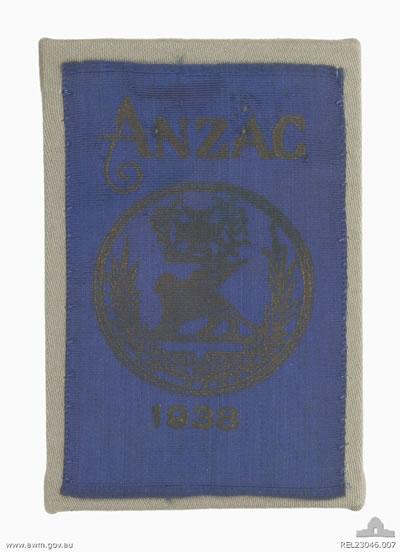Dawn of the Legend: The legend is extended
While the Anzacs won fame on Gallipoli, it was just the beginning of Australia’s experience in the First World War. The infantry went on to fight on the Western Front, and the light horse served in the Middle East. The navy, too, did important work, protecting ports and coastlines, keeping the trade routes open, enabling the passage of troops, and directly engaging the enemy.
The original ANZAC corps was expanded to two corps in 1916; these fought in France and Belgium. In November 1917 the Australian divisions were brought together as a single “Australian Corps”. In the war’s final year, an Australian, Sir John Monash, was given command.
The final victory had a cost. Australia’s war dead numbered 60,000, and a further 150,000 battlefield wounds were recorded. The decades of mourning that followed the war were given physical expression in the erection of countless war memorials. Across the country these became the focus of successive Anzac Days
Last flag on Anzac
Charles Bean, the Australian official war correspondent, collected this flag a few days before the evacuation of Anzac. He believed it to be the last one flying there. It had stood over an Australian signal office near the beach. RELAWM00391
Citizens of Herberton, Queensland, commemorate Anzac Day in 1944 around their local war memorial. 065880

Anzac Day marching banner
Anzac Day quickly developed its own rituals, including public parades. This banner was carried in annual Sydney marches after the First World War by former men of the 6th Infantry Brigade. Although the 6th was essentially a Victorian Brigade, some of its veterans had settled in New South Wales. REL26602.001
Anzac: in eternal remembrance, 1914-18
Designed by Australian sculptress Dora Ohlfsen, the Anzac commemorative medallion was produced and sold to raise funds for seriously wounded Australian and New Zealand soldiers. REL/15692
Anzac medallion
Mrs Ellen Wharton-Kirke of Sydney was presented with the Anzac gold medallion for her fund-raising activities in 1915. RELAWM12438.001

Commemorative ribbon
The ribbon was worn by Miss Lilian Leitch on Anzac Day 1938. She had been with the army nurses on Lemnos during the Gallipoli campaign; they too were formally regarded as Anzacs. REL23046.007

Anzac veteran's blazer
In 1990 a group of aged Gallipoli veterans returned to Anzac to mark the 75th anniversary of the campaign. The Department of Veterans' Affairs issued each of them with a blazer. The pilgrimage sparked a revival of interest; thousands of Australians now attend Anzac Day ceremonies in Turkey each year. REL/18709
The Last Anzac
Private Alec Campbell, a 16-year-old Tasmanian, served briefly on Gallipoli before he was evacuated ill. At the time of his death in May 2002, he was the sole surviving Australian Gallipoli veteran. REL30869.001-006




